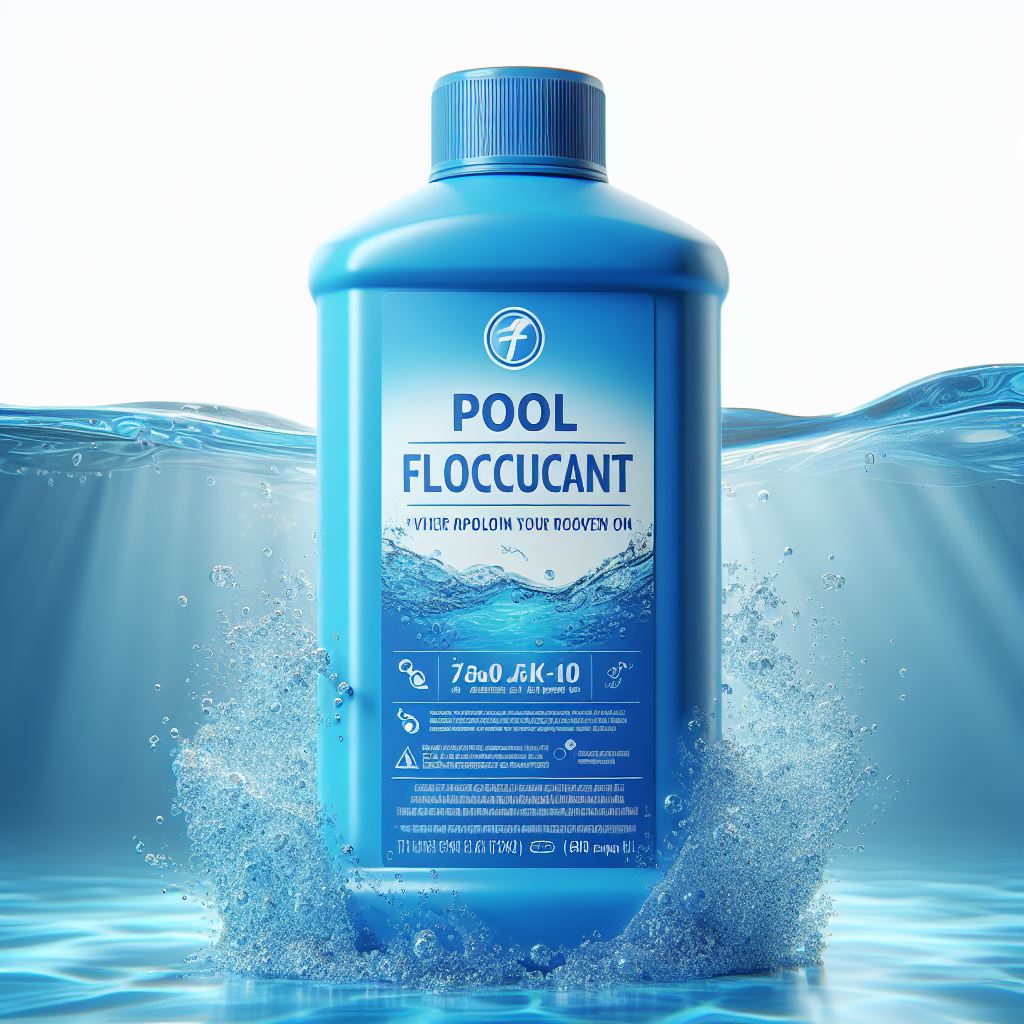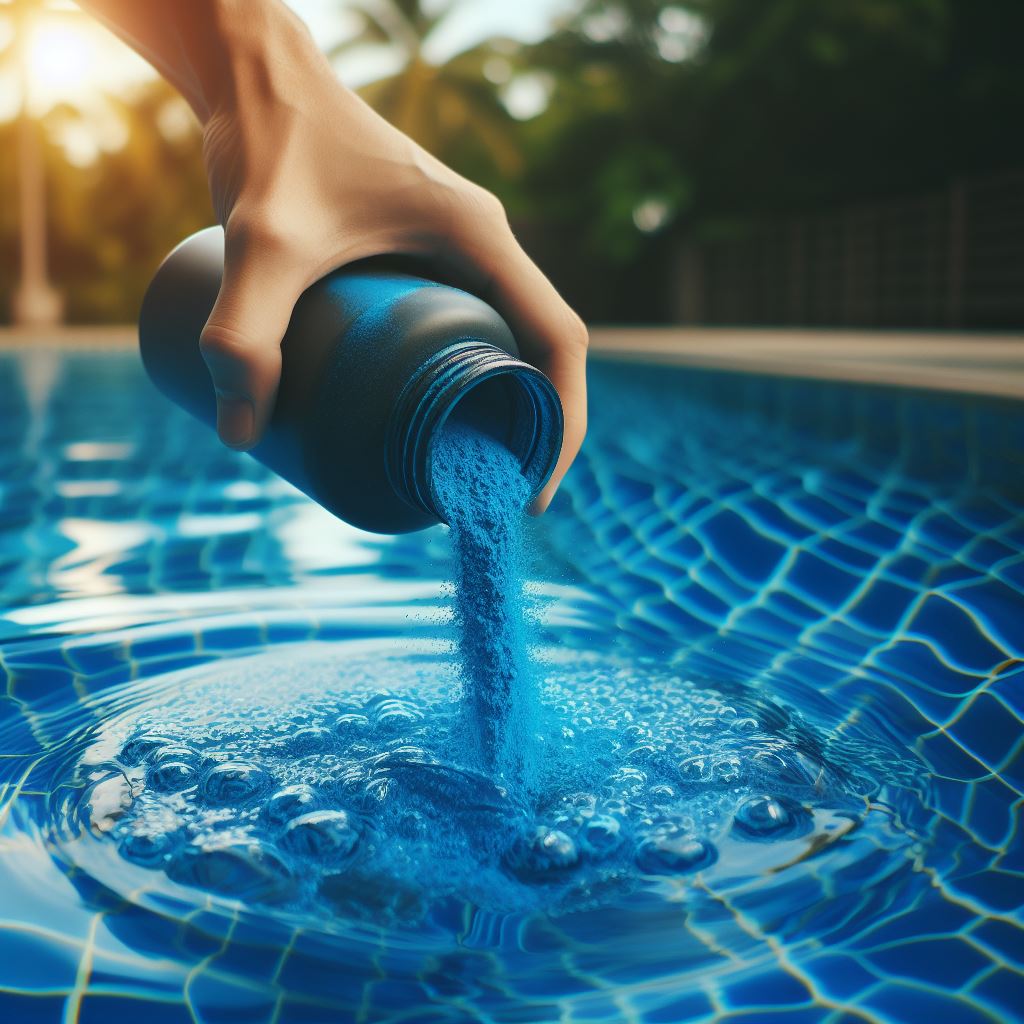In today’s world, water shortage and environmental pollution have become major issues of global concern. With the rapid development of industrialization and urbanization, wastewater discharge has increased dramatically, and the pollution of natural water bodies has become increasingly serious. However, in this severe challenge, flocculants, as an efficient water treatment agent, are playing an irreplaceable role, especially in promoting water recycling, showing great potential.

I. The magical effect of flocculants
1. Efficient condensation of pollutants:
Take a large sewage treatment plant in a certain city as an example. The plant needs to process a huge mixture of industrial wastewater and domestic sewage every day. These wastewaters are mixed with suspended solids, grease, heavy metal ions and complex organic pollutants. By accurately adding an appropriate amount of flocculant, these tiny and difficult-to-separate pollutant particles quickly “clump together” to form flocs that are easy to settle. This process significantly improves the clarity of the wastewater and lays a solid foundation for subsequent treatment steps.
2. Improve treatment efficiency:
The addition of flocculant accelerates the aggregation process of impurities in wastewater, allowing tiny particles that originally took a long time to settle naturally to quickly reach a precipitable size. This not only shortens the treatment cycle, but also improves the utilization efficiency of treatment facilities and provides the possibility for rapid recovery of water resources.
3. Optimize subsequent treatment conditions:
After flocculation treatment, the suspended solids content of wastewater is greatly reduced, and the water quality is initially improved. This creates more favorable conditions for subsequent advanced treatment processes (such as filtration, reverse osmosis, etc.) and ensures the stability and reliability of the final effluent quality.

II. A gorgeous turn from pollution to resources
1. Heavy metal recycling:
In industries such as electroplating, wastewater often contains high-value heavy metal ions (such as copper, nickel, etc.). Through flocculation treatment, these heavy metal ions are effectively enriched in the flocs, and can then be separated and recovered through chemical precipitation, ion exchange and other technologies. This process not only reduces the environmental pollution caused by heavy metals, but also realizes the reuse of resources.
2. Energy conversion:
For wastewater rich in organic matter (such as food processing, brewing wastewater, etc.), after biological treatment such as anaerobic digestion, renewable energy such as biogas can be produced. These energies can not only be used for power generation, heating and other purposes, but also further promote the utilization of waste water resources.
3. Water quality improvement and reuse:
Through a series of treatment steps (including flocculation treatment), the quality of wastewater has been significantly improved, and some can even reach reuse water quality standards. This recycled water can be used for agricultural irrigation, industrial cooling, urban greening and other purposes, effectively alleviating the pressure of water shortages.
III. Double improvement of environmental protection and economic benefits
1. Reduce pollution emissions:
The application of flocculant technology significantly reduces the concentration of pollutants in wastewater and reduces the discharge of pollutants into the environment. This is of great significance for protecting the ecological environment and maintaining ecological balance.
2. Reduce treatment costs:
By improving treatment efficiency and water quality recovery, flocculant technology helps companies reduce the use of new water and water treatment costs. At the same time, the recycled resources and energy also bring additional economic benefits to the company.
3. Enhance corporate competitiveness:
In today’s increasingly stringent environmental protection regulations, the use of advanced water treatment technology not only helps companies operate in compliance, but also enhances the company’s social image and brand image. This is of great significance for enhancing the market competitiveness of enterprises.
IV. Technological innovation leads the future
1. Development of bioflocculants:
With the continuous advancement of biotechnology, bioflocculants have gradually attracted attention as a new environmentally friendly material. Compared with traditional chemical flocculants, biological flocculants have the advantages of being non-toxic, biodegradable, and environmentally friendly. It has broad application prospects and is expected to play a greater role in the field of water treatment in the future.
2. Application of intelligent control technology:
With the popularization of technologies such as the Internet of Things and big data, intelligent control technology has also been widely used in the field of water treatment. Through real-time monitoring of water quality parameters and adjustment of flocculant dosage, precise control and optimized operation of water treatment are achieved. This not only improves treatment efficiency and water quality stability, but also reduces operating costs and maintenance difficulty.
3. Integration of comprehensive treatment technologies:
The future development trend of water treatment technology will be the integration and fusion of multiple technologies. By combining flocculation treatment with other treatment technologies (such as membrane separation, advanced oxidation, etc.) to form a comprehensive treatment system, comprehensive removal and efficient recovery of various pollutants in wastewater can be achieved. This will provide more powerful technical support for the sustainable use of water resources and environmental protection.
V. Conclusion
As an important tool for water resource recycling, flocculants are playing an increasingly important role in environmental protection with their unique advantages. We believe that, driven by science and technology, flocculant technology will continue to make new breakthroughs and contribute more to the sustainable use of water resources and environmental protection. Let us work together to protect the earth’s water resources and create a better future!
